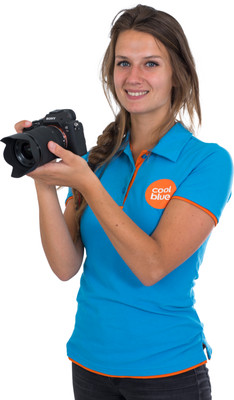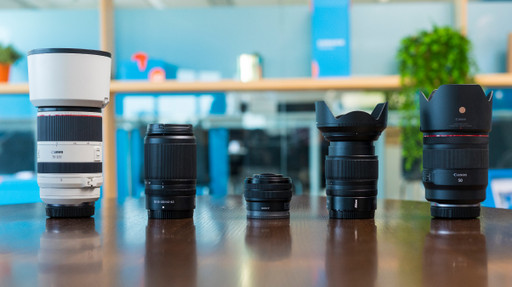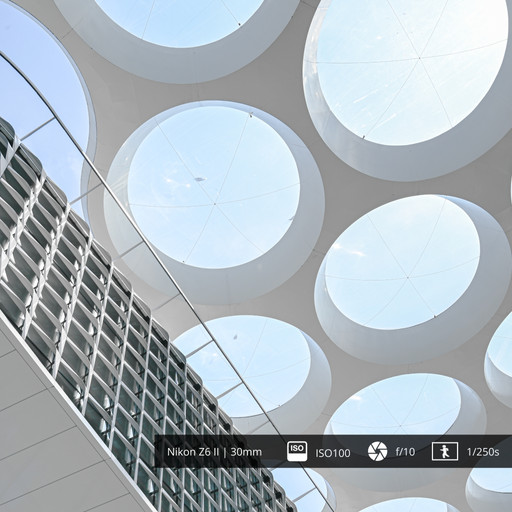Cameras
Help choosing your camera
Full-frame sensor

The full-frame sensor is often used by advanced and professional photographers.
- Thanks to its large size, it catches a lot of light
- You can take clear photos in dark situations
- Wide viewing angle
- You can enlarge photos easily
- Often in a higher price range
Non full-frame sensors

This includes APS-C and Micro Four Thirds sensors. These are suitable for starting and professional photographers.
- Included in starter models and advanced models SLR and mirrorless cameras
- Image is more zoomed in, so you can really focus on your subject
- Photos can be enlarged easily
- Takes less clear photos in dark situations than a full-frame sensor
Sensors for compact cameras

This includes 1-inch and 1/2.3-inch sensors. These are often suitable for starting photographers.
- Included in compact cameras, action cameras, and drones
- A 1-inch sensor is relatively large for small cameras
- You can enlarge photos more easily than smartphone photos
- Takes the least clear photos in dark situations
Advice on photography and videography
The exposure triangle: the 3 most important manual settings

Shutter speed
The shutter speed determines how long the lens opening of the camera is exposed to light. With a long shutter speed, the shutter stays open longer, so more light can fall on your sensor. You can also use the shutter speed to freeze moments, or to create the illusion of movement.

Aperture
The aperture determines the opening of the lens. The larger the opening, the more light falls on the sensor at the same time. In addition, the aperture determines the depth of field. A larger lens opening results in a smaller depth of field. This allows you to focus on your subject and create a blurry background.

ISO values
The ISO value indicates the light sensitivity of the sensor in your camera. You can raise the ISO value in situations with low light. That way, the sensor catches the available light more easily. A high ISO value does result in more noise in your image, so don't raise it too much.
Photo inspiration
Camera of the month
Take photos with a retro look
The Fujifilm X-M5 is a user-friendly camera with a retro look. Thanks to the compact design, this camera is also very suitable for a trip. With the built-in Film Simulations, you can capture your vacation creatively. These filters give your photos a vintage effect, so it looks like they're taken on an old-fashioned film reel.
Frequently asked questions

Which type of camera suits me?
What are the best cameras for beginners?
What are ISO values and when do you use them?
How do you choose a vlog camera?
What's the difference between a mirrorless camera and an SLR camera?
What's the difference between optical zoom and digital zoom?

Advice on cameras
-
B
-
C
-
D
-
F
-
I
-
K
-
L
-
M
-
N
-
P
-
S
-
T
-
U
-
Advice





![/en/cameras/sony [brandBar, Brand bar]](https://image.coolblue.nl/max/220x220/content/17251)
![/en/cameras/canon [brandBar, Brand bar]](https://image.coolblue.nl/max/220x220/content/3499)
![/en/cameras/nikon [brandBar, Brand bar]](https://image.coolblue.nl/max/220x220/content/583027)
![/en/cameras/fujifilm [brandBar, Brand bar]](https://image.coolblue.nl/max/220x220/content/3501)
![/en/cameras/leica [brandBar, Brand bar]](https://image.coolblue.nl/max/220x220/content/7741)




























